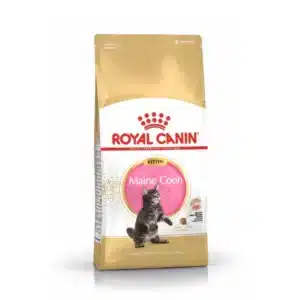Water Wise – Look For
DIY and how-to

What to look for …
The main focus behind creating a water wise garden is to create a garden which is both attractive and thrives with minimal water. A person can create this by using both exotic but mainly indigenous plants. It is important to know that the exotics and indigenous both need to be planted in specific zones to use the water most efficiently.
Identifying Water Wise Plants – The plants mentioned below all have characteristics that make them water efficient. This enables you, as the customer, to identify them and make an informed decision when planning and creating your own Water Wise garden. Watch out for these distinguishable characteristics:
Small or Needle-Like Leaves – The smaller the surface area of the leaf, the less evaporation is lost.
Examples include: Ericas, most acacias, rosemary, origanum and thyme.
Reduced number of leaves/closing Leaves – The reason why some plants dispense of their leaves or even have leaves which fold closed, is the fact that they are reducing moisture loss and this can be clearly seen during the drought periods. When the plant is water stressed it closes its leaves to reduce the amount of leaf exposed to direct sunlight. Examples include: Karee tree, acacias and buffalo thorn.
Grey Foliage – The colour grey in the garden has a specific function namely to reflect the sun’s rays away from the plant thereby keeping it cooler, which then reduces water loss through the leaves of the plant.
Examples include: Lavenders, artemesias, arctotis and giant honey flower (Melianthus major).
Hairy Leaves – The specific function of the hair on leaves is to slow down air movement past the stomata, therefore reducing water loss.
Example include: Silver tree (Leucadendron argenteum), lamb’s ear, beach salvia and helichrysum.
Succulent Leaves – The water is stored in the fleshy leaves and can then be utilised by the plant when the plant requires it.
Examples include: Crassulas, aloes, echeverias and vygies.
Waxy Leaves – This characteristic prevents moisture loss automatically.
Examples include: Euonymus, kalanchoe and Indian hawthorn.
Lighter underside of the Leaves – When the plant becomes water stressed, it turns the lighter underside of the leaves upwards to reflect the sun away.
Examples include: Wild olive tree, gazanias and indigenous buddlejas.
Sturdy internal Structures – Some plants are adapted to the drought conditions by having the characteristic sturdy internal structure supporting the leaves and preventing wilting during the dry spells.
Examples include: Strelitzia, restios, agaves, and New Zealand flax.
Oils in the Stomata – Usually in areas with a hot, dry summer, plants have adapted themselves by secreting oil to coat the leaves and protect them against water loss.
Example includes: Rosemary, lavender and sage.
You might also like
Shop online
-
PLASTIC POT GREEN 7.5CM – 38CM
- R9.99 – R149.99
- Select options This product has multiple variants. The options may be chosen on the product page Learn More
-
- Sale!
KITTEN MAINE COON 4KG
- Original price was: R839.99.R671.99Current price is: R671.99.
- Add to cart Learn More
-
FINALSAN 500ML
- R219.99
- Add to cart Learn More




